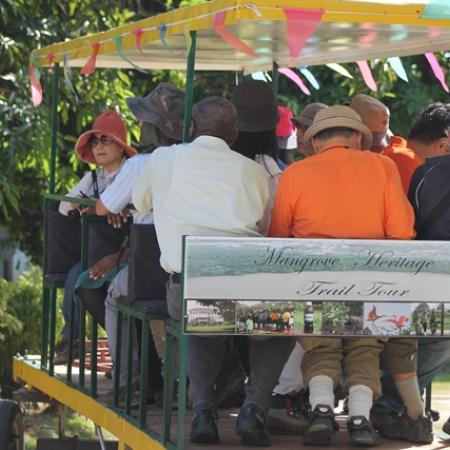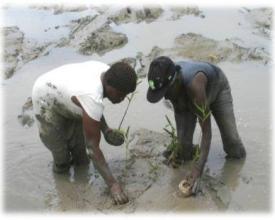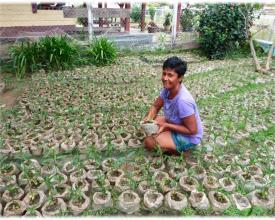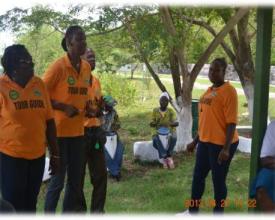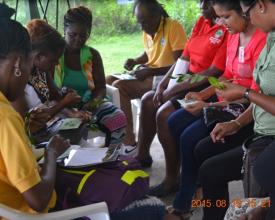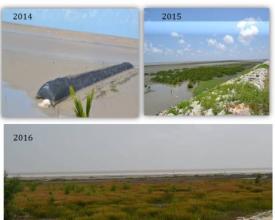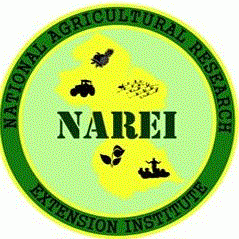
Increasing coastal resilience and social development opportunities: Guyana Mangrove Restoration Project (GMRP)
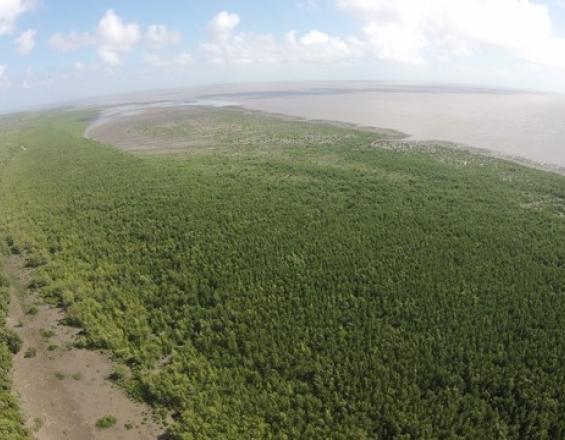
Recognizing the potential impact of climate change on its low-lying coastal zone, Guyana initiated a program to restore its coastal mangrove forest. This solution responds to climate change and mitigates its effects through the protection, restoration and wise use of Guyana’s mangrove ecosystems through processes that maintain their protective function, values and biodiversity while meeting the socio-economic development and environmental protection needs in estuarine and coastal areas.
Context
Challenges addressed
Location
Process
Summary of the process
Building Blocks
Community-based mangrove management
Enabling factors
Lesson learned
Ecological Mangrove Restoration
Enabling factors
Lesson learned
Resources
Impacts
Project activities resulted in the production of over 500,000 mangrove seedlings and restoration of 142ha of coastal mangrove forest. Mangrove restoration efforts were combined with the protection and management of 30 kilometers of existing fringes from further depletion due to anthropogenic activities. GMRP worked with communities to ensure they were involved at every level of the project implementation. Women are at the forefront of this initiative, making up more that 80% percent of the community participation. Women are empowered as environmental leaders and were trained to be leaders in their communities, disseminating information about the importance of mangroves and the need to protect and restore coastal mangrove forest. Training programs focused on the various initiatives implemented by the project, such as education, tourism, entrepreneurship and mangrove management. Over 50 women were trained to cultivate mangrove seedlings in community nurseries. These 250,000 seedlings were sold for coastal planting and earned the women involved a total of USD 115,000. Through beekeeping and tourism training, women formed the Mangrove Reserve Producers Cooperative Society, which now provides training to poor coastal women interested in beekeeping. Along with providing income through honey generation, this activity helps to promote additional mangrove growth and protection.
Beneficiaries
Sustainable Development Goals
Story
